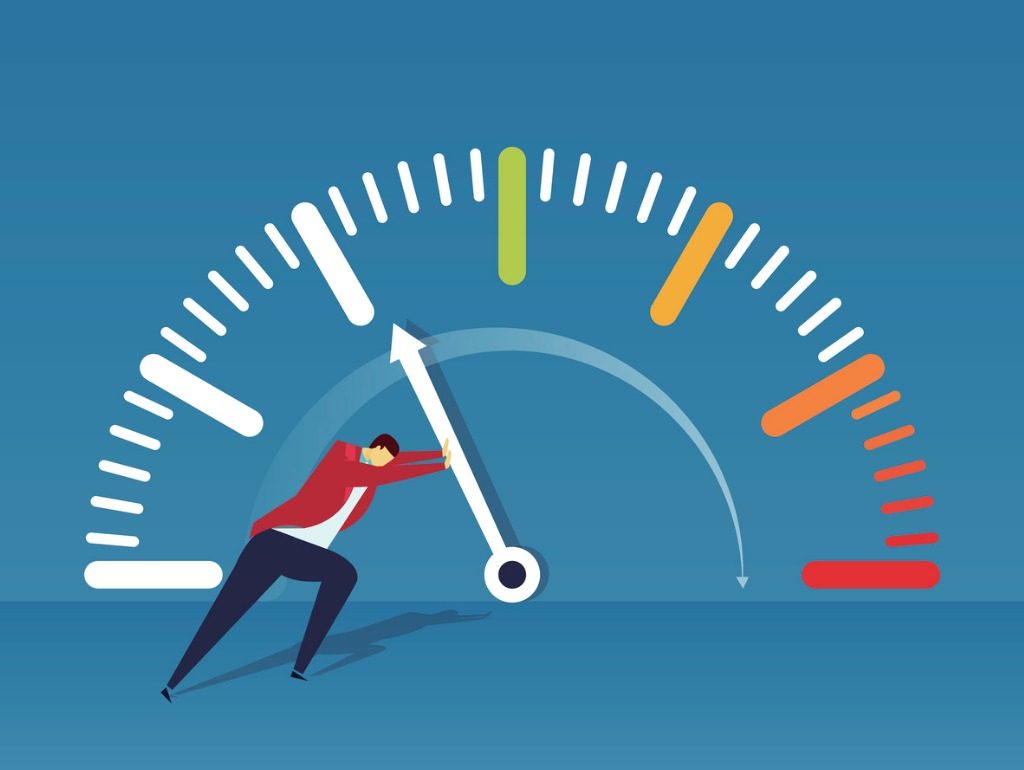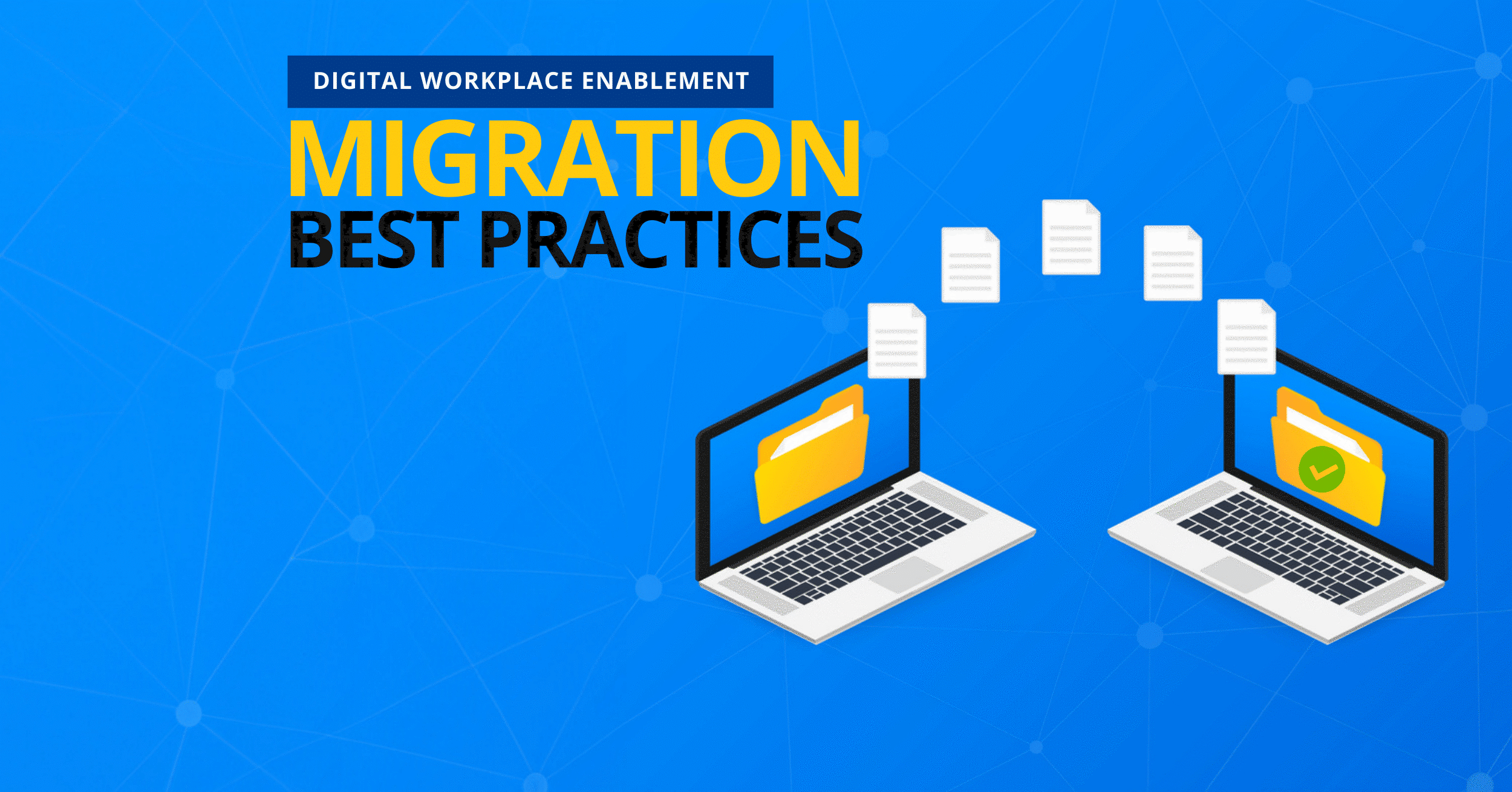3 Key Factors in Solving Common Migration Roadblocks

See how you can easily and efficiently migrate from SharePoint with our 30-day free trial. Try it now!
Planning a major migration and want to be prepared? Register for our free virtual lab, “Using DocAve Migrator to Solve 4 Common Migration Roadblocks” today!
Though migration is a fairly common project, there are both unavoidable and variable roadblocks that continue to present themselves during native migrations.
With experience working on over 2,000 migration projects, AvePoint understands that no two organizations will have the same migration path. Because of this, DocAve Migrator gives you so much more than the basic needs of a migration solution.

Sure, we can all walk to the nearest grocery store and get what we need. However, in most cases, we use a vehicle of some sort. Let’s break down a few of the main reasons for using a car rather than walking: 1) Speed, 2) Capacity, and 3) Safety.
During a migration project, you can follow the same reasons and more when utilizing DocAve Migrator.
1. Speed
There are several factors that fall into the speed category. One of the more recently popular topics is throttling.
When migrating data into the cloud, Microsoft uses throttling – similar to obeying a speed limit – to pace a project. Throttling confines the amount of threads your account uses to prevent over-consumption of resources.

In our experience, there is no line drawn in the sand to determine when you will be throttled. Therefore, it’s important to take the necessary steps ahead of your migration, such as migration splits, to mitigate throttling as much as possible. Once throttled, only time will allow your account to perform as it once did.
2. Capacity
Imagine you are buying food for a family reunion. You certainly cannot pack it all into your Porsche Carrera. Why not schedule an additional car to help transport your groceries?
Once throttled, only time will allow your account to perform as it once did.Click To Tweet
Manual migrations are no longer necessary. DocAve Migrator gives you the ability to run multiple projects in parallel.
This not only helps cut down on time, but also means more content can be migrated at once. This is paired well with scheduled migrations which are often used to complete projects outside of peak work hours.

3. Safety
After you have bought your groceries, you start walking home bags in hand. The more food that you have, the more likely some food is to be damaged or falls out of the bag.
Lift and shift migrations sound simple enough, and sometimes they are exactly what an organization needs for their purposes. However, these kinds of migrations usually aren’t the best suited for most cases.
This type of migration can result in the loss of metadata, something that can significantly disrupt business. Information such as content authors, last modified dates and custom tags can all get lost in the shuffle. This would clearly be bad news for internal security and governance.

Compliant migration is another approach to moving your organization’s data. This type of method takes compliance into account and takes action on HIPPA, PII content and more via redacting information, quarantining data, etc.
This helps in the critical task of ensuring that no sensitive/non-compliant data is being insecurely transferred during your migration. Compliant migration also tags content prior to the move, making your move is that much more organized and helping to mitigate some of the clutter and chaos.
Register now for our upcoming Virtual Lab, “Using DocAve Migrator to Solve 4 Common Migration Roadblocks” to learn how to overcome Throttling, Domain Mapping, Metadata Loss, Column Mapping, and More!



